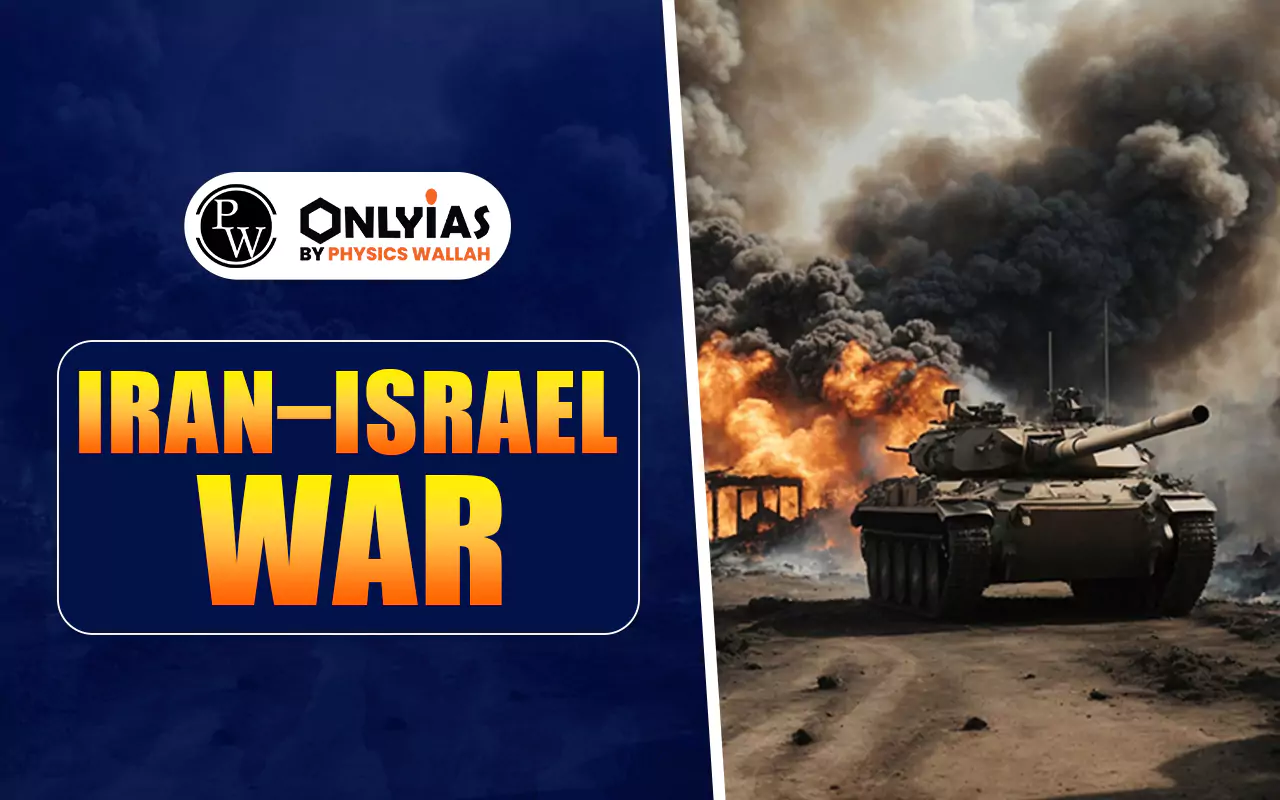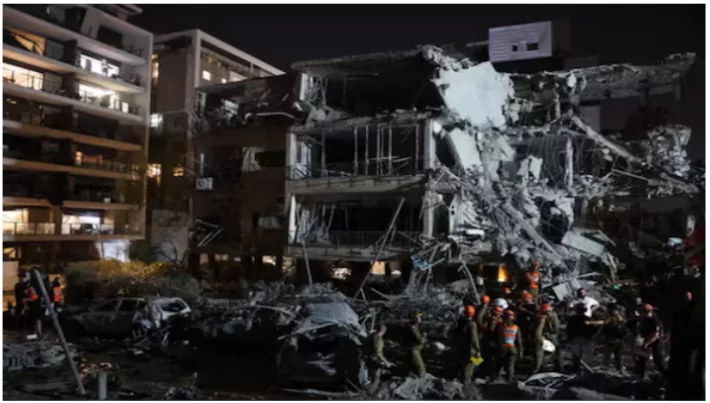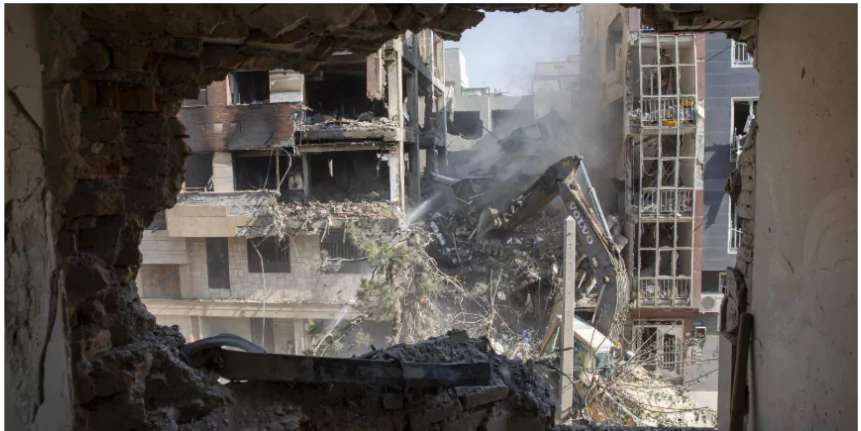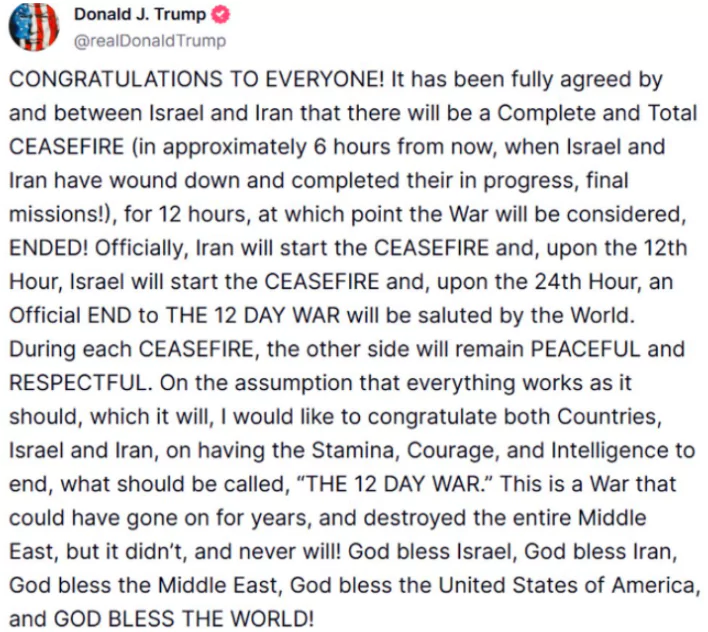Iran–Israel War 2025 escalated after direct missile strikes and nuclear tensions. Iran–Israel War 2025 ended in a U.S.-brokered ceasefire, though violations continued.

Iran–Israel War 2025, erupting in mid-June 2025, marked one of the most volatile episodes in the Middle East’s modern history. Sparked by years of escalating tensions, covert operations, and proxy battles, this 12-day war reached a problematic level of direct confrontation between two regional powers long engaged in shadow conflict. On June 24, 2025, both nations reportedly accepted a ceasefire plan proposed by U.S. President Donald Trump, bringing an uneasy end to the hostilities.
The Iran–Israel War 2025 reached a dramatic peak when Israel launched “Operation Rising Lion,” targeting multiple Iranian nuclear and military facilities, including key installations in Fordow, Natanz, and Isfahan. This was in response to Iran’s growing regional influence and alleged nuclear advancements.

Source: Gov.il
Iran retaliated with “Operation True Promise 3,” firing over 100 missiles toward Israel’s major cities such as Tel Aviv, Jerusalem, and Haifa. The situation escalated further when Iran launched missile strikes at the U.S. Al Udeid Air Base in Qatar, citing self-defence against U.S. support for Israeli aggression.

Source: Firstpot
Despite a ceasefire announcement by President Trump, both nations continue to trade accusations of violations. Iran’s foreign minister stated no formal agreement had been signed, while Israel reportedly conducted new air raids in the hours following the announcement.
The Iran–Israel conflict is not a conventional war but a long-standing rivalry involving ideological, geopolitical, and military components. Israel is a democratic Jewish state, while Iran is a Shia Islamic Republic. The two nations have been on opposing sides of nearly every regional conflict for over four decades.

Source: chathamhouse.org
In 2025, the conflict intensified due to Israel’s preemptive airstrikes on Iranian territory and Iran’s growing military alliances and missile capabilities. Both sides now accuse each other of destabilising the region, and the recent Iran–Israel War has brought that hostility into open confrontation.
The roots of the Iran–Israel conflict 2025 trace back to ideological, geopolitical, and security concerns that have shaped relations since Iran’s Islamic Revolution in 1979. Israel once shared cordial ties with Iran under the Shah’s regime.
However, the establishment of the Islamic Republic transformed Iran into one of Israel’s fiercest critics, accusing it of illegitimate occupation of Palestinian land and regional destabilisation. The Iran–Israel conflict 2025 is rooted in multiple complex factors:
These underlying reasons continue to make any resolution elusive, as peace requires addressing both historical grievances and current power dynamics.
| Iran–Israel Conflict Timeline | |
| Period | Key Events |
| Pre-1979 | Iran and Israel shared strategic ties under the Shah’s rule. |
| 1979–1980s | Iran’s Islamic Revolution led to the severing of diplomatic ties. |
| 1980s–2000s | Iran supported Hezbollah and Hamas; Israel launched covert operations in return. |
| 2006 | The Israel-Hezbollah war heightened Iran’s regional role. |
| 2010s | Cyberattacks (e.g., Stuxnet) and assassinations of Iranian nuclear scientists. |
| Oct 7, 2023 | Hamas, backed by Iran, launched a massive attack on Israel. |
| 2024 | Israeli attacks on Iran’s consulate and leaders like Ismail Haniyeh and Nasrallah. |
| June 2025 | Direct military conflict begins: Iran–Israel War 2025. |
The Iran–Israel War has not only impacted the warring countries but also created ripple effects across the globe:
While President Trump declared a “Complete and Total Ceasefire.” According to Trump, the agreement aimed to halt all hostilities within 12 hours. He praised the efforts of Qatar and expressed hope for regional peace.

However, Iranian officials swiftly denied any formal agreement. Iran’s Foreign Minister Seyed Abbas Araghchi stated that no ceasefire had been finalised and demanded that Israeli military aggression cease immediately for any talks to proceed. Supreme Leader Ayatollah Ali Khamenei reiterated Iran’s unwillingness to surrender, emphasising resistance.
Despite the conflicting statements, missile attacks diminished over the next 24 hours. Still, deadly strikes continued even after the ceasefire window, including a devastating missile hit on a residential building in Beer Sheva, Israel, killing four civilians just moments before the truce was to begin.
Global reactions were swift and mixed.
In a stern warning, he urged both nations to halt hostilities immediately, stating: “ISRAEL. DO NOT DROP THOSE BOMBS.”
The Iran–Israel conflict 2025 left behind a trail of humanitarian devastation. Civilian infrastructure in both nations was heavily damaged. The death toll included not only combatants but also women, children, and the elderly. Emergency services in Israel, such as Magen David Adom (MDA), confirmed multiple casualties in missile attacks, while Iranian authorities reported widespread destruction of critical infrastructure.
The Iran–Israel War of 2025 was a stark reminder of how quickly decades-long tensions can erupt into direct confrontation. While the ceasefire announced by President Trump may have halted open hostilities for now, the conditions that led to war—mutual distrust, strategic rivalry, and unresolved political grievances—persist. As the international community watches closely, only sustained diplomacy, mutual restraint, and broader peace efforts can prevent another catastrophic chapter in the Iran–Israel conflict.
Ready to boost your UPSC 2025 preparation? Join PW’s UPSC online courses today!
The conflict stems from ideological hostility, nuclear tensions, and Iran’s support for anti-Israel groups like Hezbollah and Hamas.
Iran and Israel are fighting due to long-standing regional rivalry, Iran’s nuclear ambitions, and repeated mutual military escalations.
The Iran–Israel conflict is driven by Iran’s refusal to recognise Israel, support for militant proxies, and fears over nuclear weapon development.
The Iran–Israel War 2025 was triggered by Israel’s “Operation Rising Lion” targeting Iranian nuclear sites, followed by Iran’s missile retaliation.
The Iran–Israel conflict 2025 involves direct missile attacks, U.S. intervention, and failed diplomacy amid long-running hostilities between the two states.
The U.S. bombed Iranian nuclear sites, and later brokered a ceasefire between Iran and Israel after Iran attacked a U.S. base in Qatar.

<div class="new-fform">
</div>